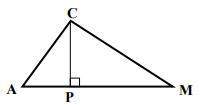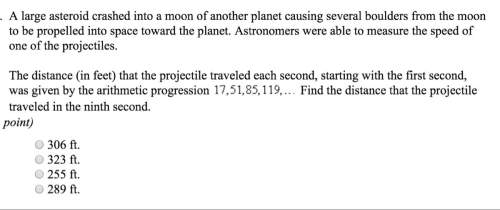
Mathematics, 11.12.2019 03:31 usjajdjajfj2ot929
Part 1. create two radical equations: one that has an extraneous solution, and one that does not have an extraneous solution. use the equation below as a model:
a√x+b+c=d
use a constant in place of each variable a, b, c, and d. you can use positive and negative constants in your equation.
part 2. show your work in solving the equation. include the work to check your solution and show that your solution is extraneous.
part 3. explain why the first equation has an extraneous solution and the second does not.

Answers: 3


Other questions on the subject: Mathematics

Mathematics, 21.06.2019 18:00, cheerthi16
Sandy is ordering bread rolls for her party, she wants 3/5 of the rolls to be whole wheat. what other factions can represent part of the rolls that will be whole wheat? shade the models to show your work.
Answers: 1


Mathematics, 21.06.2019 21:30, paolacorazza
Miss henderson wants to build a fence around a rectangular garden in her backyard in the scale drawing the perimeter of the garden is 14 in of the actual length of a b is 20 ft how many feet of fencing what you need
Answers: 3

Mathematics, 21.06.2019 21:30, GreenHerbz206
Find the unit rate for: 75% high-fiber chimp food to 25% high -protein chimp food.
Answers: 2
You know the right answer?
Part 1. create two radical equations: one that has an extraneous solution, and one that does not ha...
Questions in other subjects:


Business, 27.02.2020 03:54


Spanish, 27.02.2020 03:55


Mathematics, 27.02.2020 03:55


Mathematics, 27.02.2020 03:55






